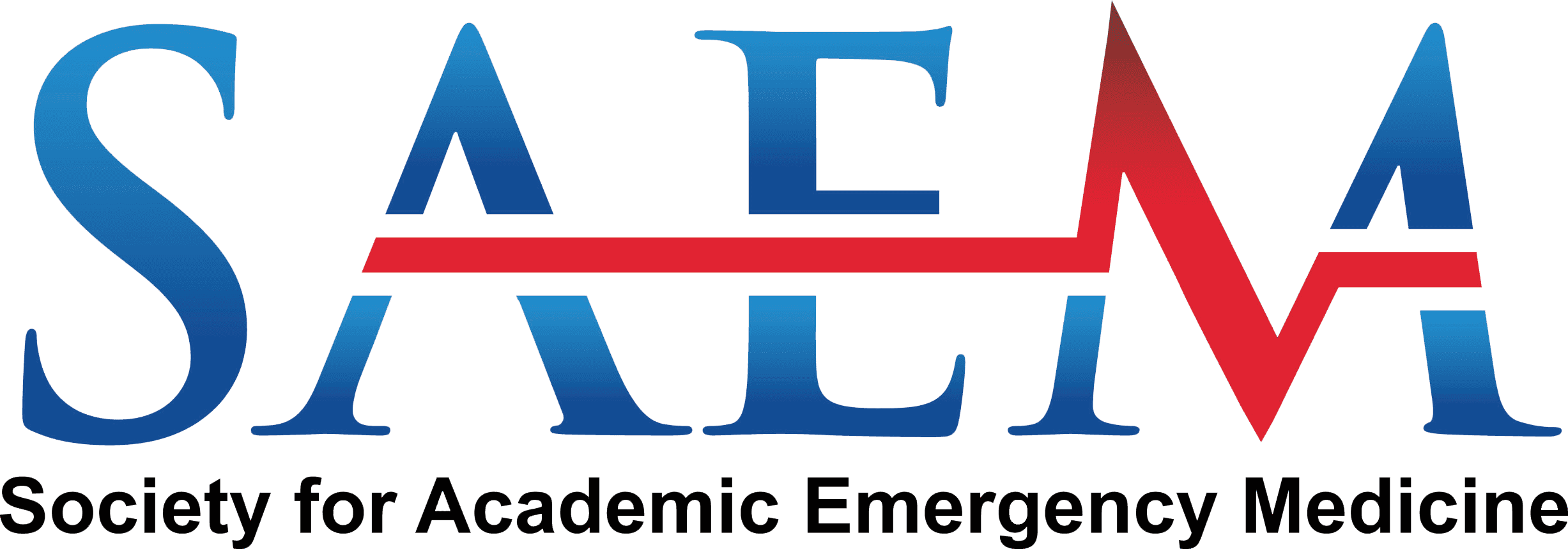Essential Elements of CBME
What constitutes a successful competency-based medical education (CBME) program? CBME experts have proposed a framework for CBME program evaluation consisting of five key elements (Van Melle, 2019). This framework was derived using a formal consensus process, and defines best practices in CBME implementation. The essential components of CBME are summarized below.
Outcome Competencies
These consist of the essential knowledge, skills, and attitudes that learners must master by the end of the training program. Outcomes must be clearly defined, observable, and measurable. Competency frameworks may be universal for all trainees at a particular level (e.g., the AAMC EPAs for graduating U.S. medical students), specialty-specific (e.g., the EM Milestones), or developed more locally. While local development may be appropriate in certain contexts, such as developing a unique fellowship in a new subspecialty, it is generally advisable to use existing published frameworks. These offer greater content validity, as they are typically developed by national experts using a formal consensus process that ensures rigor.
Developmental Sequencing
Competencies should be organized from easier to harder, foundational to advanced, or from lesser to greater independence. Learners master earlier competencies before moving on to later ones, creating a logical progression over time wherein the learner moves from novice to proficient to expert,” though the “expert” designation is often not achieved until well into professional practice.
Tailored Learning Experiences
Learning experiences must be designed to support the development of authentic competency in the desired practice setting, including navigating real-world barriers and obstacles. Learning must be flexible enough to account for different learning styles and speeds, permitting each learner to chart their own path to competency. Self-directed learning should also be promoted so that learners can refresh or build upon their knowledge and skills as needed. One approach for this is the Master Adaptive Learner (MAL) construct, in which learners and their coaches create and monitor an individualized learning plan that meets standardized learning outcomes.
Competency-focused Instruction
Teaching should be learner-centered, focusing on the learner's acquisition of the knowledge and skills that will allow them to progress to the next phase of mastery. What is taught is much less important than what is learned, and the method should be tailored to the learner's needs. The ultimate goal is to allow the learner to achieve the required competencies at their own speed, with all needed support along the way.
Programmatic Assessment
This is the cornerstone of CBME; in order to assure a competent physician, there needs to be a robust and meaningful assessment system supported by evidence. Learners should not progress through the program based on their time in training, but instead should progress based on demonstrated achievement of desired outcome competencies. Competency should be measured systematically, including observation of learners engaged in clinical work, data collection on their performance, and analysis of those data. Assessment data should be of sufficient quality and quantity to permit reliable and valid entrustment decisions.
Want to Learn More?
The SAEM25 Consensus Conference on Competency-Based Training and Certification will develop a research agenda aimed at advancing the study of CBME across emergency medicine.
Learn More